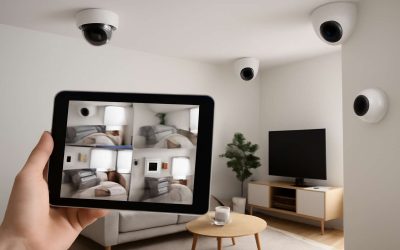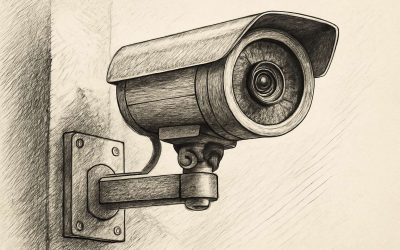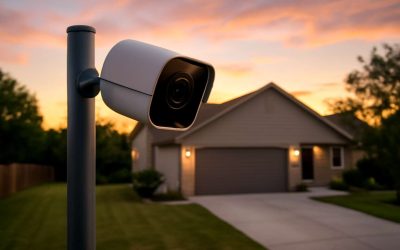
Investing in a security camera installation can be a great way to keep your home safe. However, there are a lot of questions you should ask before you make your decision. You should also be aware of the different types of cameras, how they work, and the costs associated with installing them.
Cost
Choosing the right security camera is the first step to setting up your system. Once you’ve decided on your camera, you should find a company that will install your system at a reasonable price.
The cost of a security camera installation can vary depending on the type of camera, the number of cameras, and the amount of work needed. A simple DIY installation may be nearly free, but more complex installations require the use of the proper tools and materials.
A security camera with a larger lens and a longer viewing range has a higher total cost. A security system with multiple viewing stations will also increase the cost.
Some security cameras allow you to store video for a limited period of time. This means you will need to install a storage device to store the footage. The amount of storage space varies from one model to the next.
A security company with a good reputation will have all the equipment you need. Whether you need wireless or wired cameras, the company should be able to handle the job.
Wired vs wireless cameras
Choosing whether to go with a wired or wireless security camera installation can be a big decision. Both have their advantages and disadvantages. The main difference between the two is how they connect to the internet.
If you are planning to use a wired security camera system, you will need to install cables and a power source. In addition, you may need to re-run the cables if you move to a new location.
Wireless security cameras are easier to set up. They are also more portable. However, you will need to mount them at the right height to receive a clear video feed.
Wired security cameras are more reliable. They can record audio and video for as long as the electrical grid is functioning. The downside is that they have to be placed near an electrical outlet. You will need a backup generator to ensure that the camera works properly when there is a power outage.
Outdoor vs indoor cameras
Whether you’re planning to install an outdoor or indoor security camera, it’s important to determine what type of camera will suit your needs best. You can find both wireless and wired options, so you’ll need to decide which type you want to install.
Outdoor cameras usually cost more than indoor ones. However, the quality of outdoor cameras is often better. This is because they are designed to withstand different elements, including extreme weather.
In addition, outdoor cameras tend to be larger and more rugged than indoor cameras. They are also able to handle changing light levels. In fact, modern outdoor surveillance cameras are now able to connect to your home network for reliable transmission of images.
When you choose an outdoor camera, you should make sure it’s placed in a secure area. This includes mounting it on a solid surface, and making sure it’s tall enough to protect from vandalism. You should also be aware of the laws in your state.
Add-ons to a security camera installation
Adding additional cameras to your security surveillance system may be a good idea for your home or business. They can provide you with evidence, and they also help to deter potential intruders. There are several types of security camera systems, and installing one on your own is easy. However, there are a few things to keep in mind before starting.
Aside from being easy to install, modern security cameras can be monitored through an app or computer. Some cameras even feature two-way audio. This is useful for communicating with the person being watched.
Before you actually begin installation, it’s important to run a dry run. This allows you to determine the quality of the camera feed, and it will help you identify obstructions in your field of view.
If you plan on using a wired camera, you should consider installing it near a power source. This will make it less likely for the signal to be lost. You should also consider installing it in a secure spot on the wall.



0 Comments